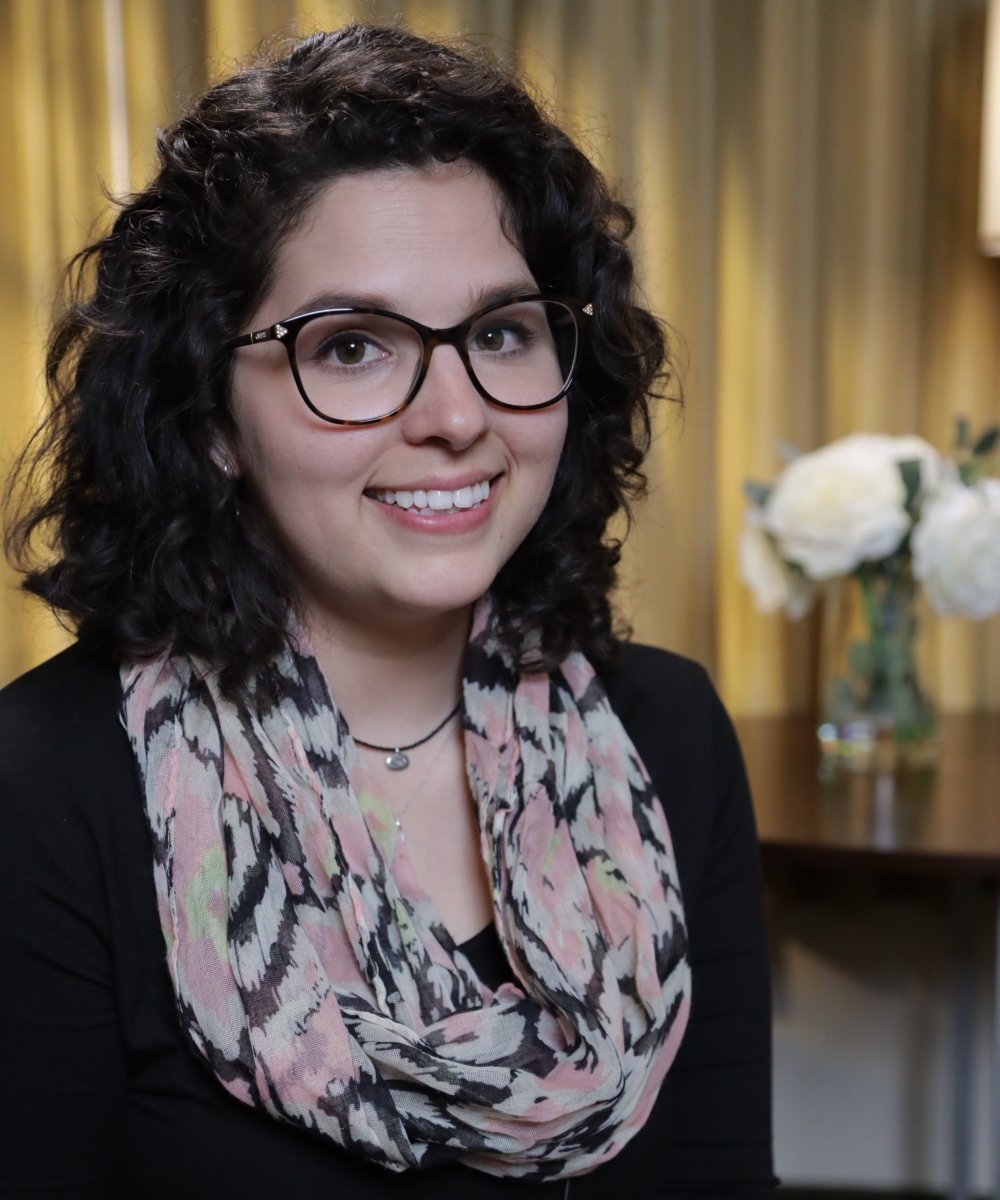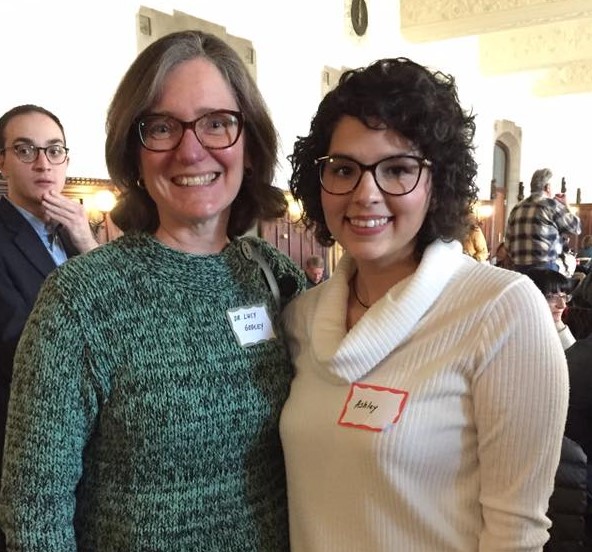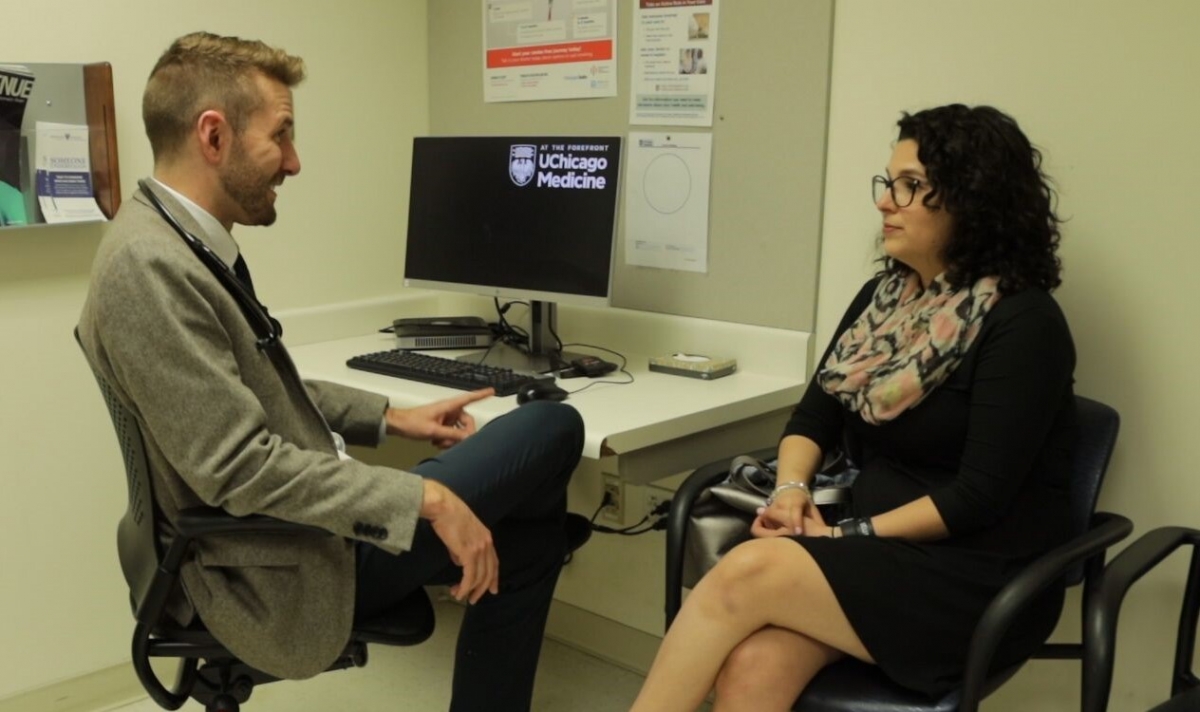
“Can you help my children? Who can tell me why my two young children both got this old person’s disease?” Lucy A. Godley, MD, PhD, vividly remembers reading the desperate email at 10:15 pm four years ago. The email was from Linda Schramm, an American living in Mexico, who was determined to find a treatment for her daughter suffering from myelodysplastic syndrome (MDS). Typically, MDS is considered a blood cancer of older adults—the average age at diagnosis is 70 years old. Dr. Godley mentors Damon Runyon Physician-Scientist Michael W. Drazer, MD, PhD, at the University of Chicago. Without hesitation, the two doctors took on the case to solve the mystery of why Linda’s children were afflicted with this rare disorder
When Cancer Hits a Family Twice

Linda’s son was diagnosed with MDS when he was 22 years old and had just graduated from college. Within a few years, the disease had progressed to acute myeloid leukemia (AML). As part of his treatment, he had chemotherapy followed by a stem cell transplant, but he tragically passed away due to complications of the procedure. Almost two years later, Linda’s daughter started having symptoms. “My feet hurt so much that I was crying. When I couldn’t walk, I was taken to the emergency room,” says Ashley, who was 23 years old at the time. Initially, the doctors did not suspect cancer, but all the standard tests came back negative. After a month of exhaustive testing, they received the dreaded diagnosis: Ashley had MDS. "It was very scary to think that I could die and leave my mom and dad by themselves,” Ashley says. “My mom was determined to do anything for me—go anywhere in this world to save my life. That’s when she emailed Dr. Godley at the University of Chicago.”

Michael W. Drazer, MD, consults with Ashley.
Getting to the Molecular Cause of Cancer
Ashley moved to Chicago to start treatment in January 2017. Dr. Drazer first sequenced the DNA in Ashley’s blood to look for a genetic cause of her MDS. “Nobody ever taught me in medical school that leukemia or any blood cancer could be inherited,” says Dr. Drazer, who now studies hereditary blood cancers. “In the last five years, we have realized that approximately five to ten percent of all families with blood cancers have some type of hereditary basis for their disease,” he says. Sometimes, the underlying genetic cause of a blood cancer is not clear, as in Ashley’s case. “Then we study the family in more detail to discover new genes and mutations that drive their blood cancers.” Drs. Godley and Drazer have developed a clinical test that looks for inherited mutations in a person’s genome. “Looking at a patient’s cancer cells, you’re really taking a sneak peek into the DNA that people are born with, to find clues there,” says Dr. Drazer. They found the first clue to the cause of the leukemia and MDS in her family—a mutation in a gene called GATA2. “It’s probably the most common genetic mutation present in adolescents and young adults with MDS,” says Dr. Godley. “It was a relief to know that my brother and I didn’t do anything to cause this disease. We can’t control our genes,” says Ashley.
Finding the Right Treatment
Research can challenge established paradigms, leading to more effective treatments and alternative options to save lives. For Ashley, this meant that stem cells for her transplant had to come from an unrelated donor without the cancer-causing mutation. “Ashley’s care has been directly shaped by Damon Runyon-supported research. She is basically a walking example of the impact that research can have on patients,” says Dr. Drazer. “Five to six months after my stem cell transplant, I started to feel like myself,” Ashley says. Within a year, she finally heard the news she was waiting for—her blood was 100 percent donor, which means 100 percent free of cancer cells. Linda was overjoyed that her search for the best doctors led to a cure for her daughter, but it wasn’t until recently, two years after the transplant, that the fear of recurrence and side effects started diminishing. “My life today is great, and I enjoy every single day. It’s amazing that a foundation that supports brilliant researchers is saving lives. They’ve saved me.”







